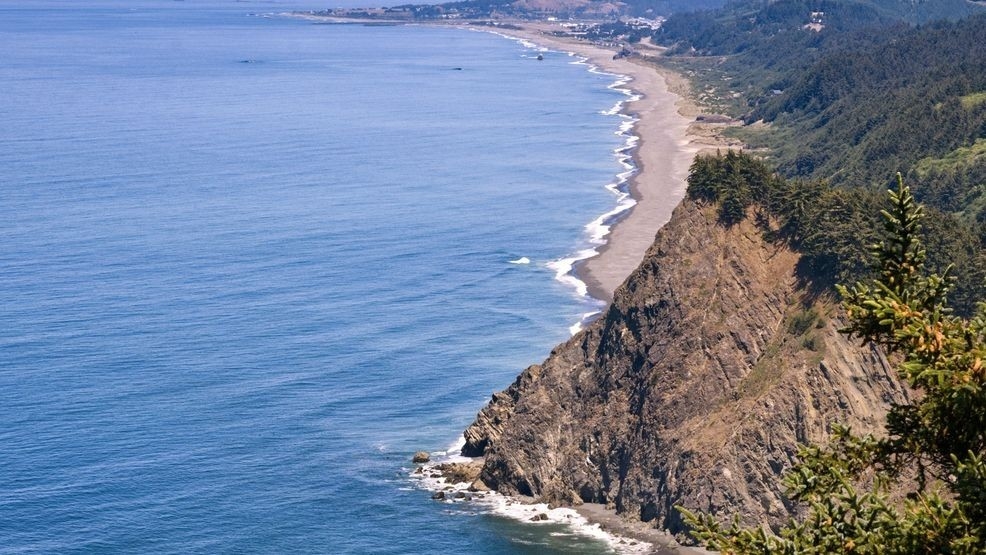Description
SEATTLE (KOMO) — Tuesday's magnitude 8.8 earthquake in Russia served as a stark reminder of the seismic risks faced by residents in quake-prone regions, including the Pacific Northwest.
The event highlighted the need for preparedness, as an earthquake on the Cascadia Subduction Zone could generate a local tsunami with only minutes to prepare.
Alerts were issued up and down the Washington coast, and the public responded promptly. Vasily Titov, a research oceanographer at the Pacific Marine Environmental Laboratory at NOAA, expressed satisfaction with the system's performance during the event.
"We're very happy with how our system performed yesterday," said Titov. "There was a validation of the many, many years of work developing the system. The system we develop, the ultimate goal is saving lives."
Titov noted that the recent tsunami in Kamchatka served as a valuable test case.
"It took us at least two hours to assess all this information and provide the forecast," he said. "It was enough time to provide a warning for Hawaii and most of the US coastlines. If an event like that happens on our coastlines, we'll have this 15 minutes to half an hour." Titov said, "Tsunamis near the coastline of the United States are still a huge challenge. We need more data. We need a faster model. We need a better system that automates it all into very fast and automated performance."
He emphasized the importance of using data to forecast and assess tsunami threats. As the chief scientist, Titov explained that specific gauges are designed to capture tsunami data, which is then used for forecasting. Operational warnings are issued by NOAA's weather service through two centers: one in Hawaii and the Alaska National Tsunami Warning Center, which issues warnings for the West Coast. Although some waves are expected, they are not anticipated to be significant along the West Coast.
Titov noted that the forecast tools give a good idea of what to expect along the West Coast. Hazard zones along Washington's coastal areas are monitored, and warning messages are disseminated through texts, emails, phone, TV, radio, and sirens. Evacuation orders, however, are issued by local authorities.
"The earthquake gives you the first indication that something is going to happen, and potentially can be a tsunami. The dart buoy can show us directly that a tsunami has happened. Number one. Number two, it will show us how high this tsunami is. And that information can be fed into models, and then we run models and we can predict how high the tsunami is going to be in the coastlines pretty much everywhere in the Pacific," Titov said.
Titov also emphasized the importance of community readiness. Beach goers at Richmond Beach Saltwater Park said they were not surprised by the local tsunami warning, but it's a reminder of the threat of a big quake here and the local tsunami impact, from prolonged flooding to massive waves.
"It's not something you think about a lot; it's probably in the back of your head to get to higher ground," Garret Hodgins of Seattle said.
"It takes all of us," said Titov, emphasizing the work of scientists, emergency responders, and the public.
Tom and Sharon, local residents, expressed their concerns about the potential loss of critical data and personnel needed to interpret it.
"I worry about losing critical data and critical people to interpret data in the federal organization," Tom said.
The key takeaway from the recent event is the effectiveness of the current system, the need for more data and modeling, and the importance of having a plan in place for when the next big one hits.
Other Related News
07/31/2025
ATLANTA Ga Atlanta News First - Last year just five months after a deadly shooting at Apal...
07/31/2025
WALB is working to produce a video for this story In the meantime we encourage you to watc...
07/31/2025
COLUMBUS Ga WALB - Feeding the Valley Food Bank is launching a new initiative to meet an i...
07/31/2025
LOWNDES COUNTY Ga WALB - Lowndes County Schools LCS are preparing to welcome back more stu...
07/31/2025








